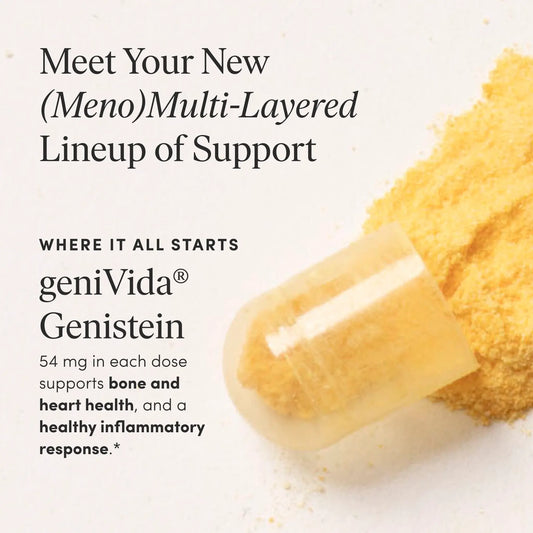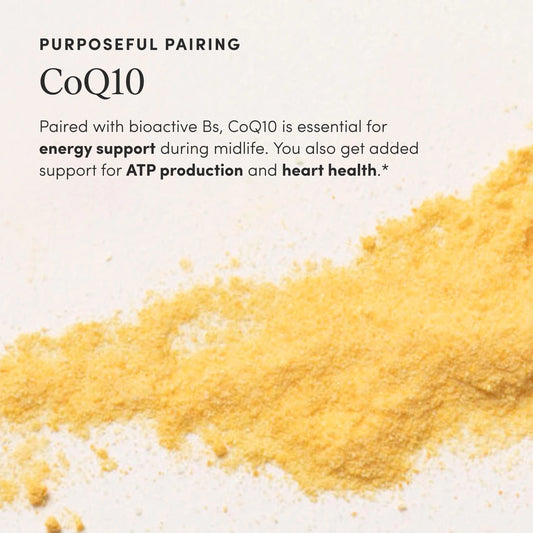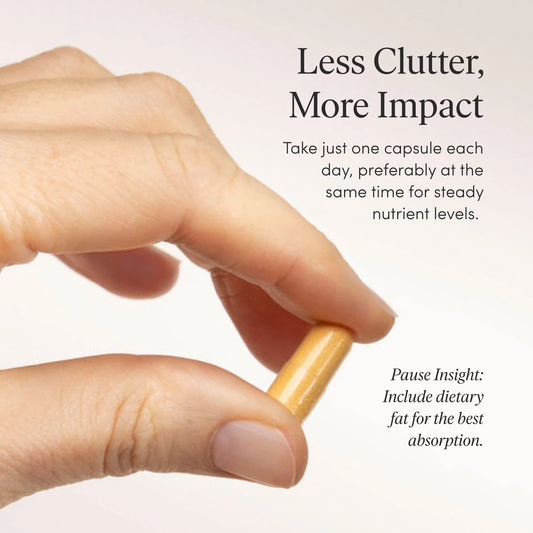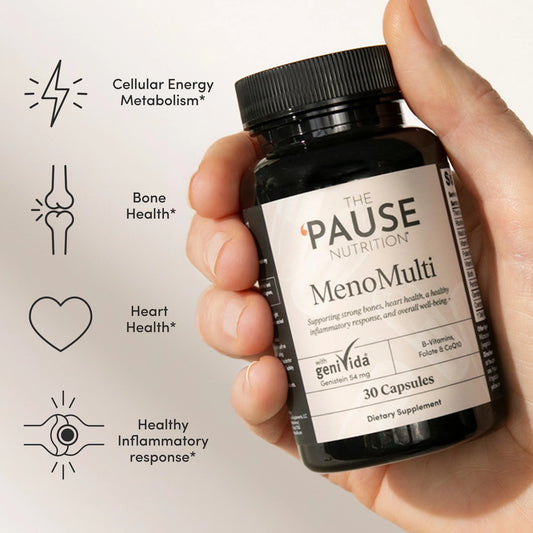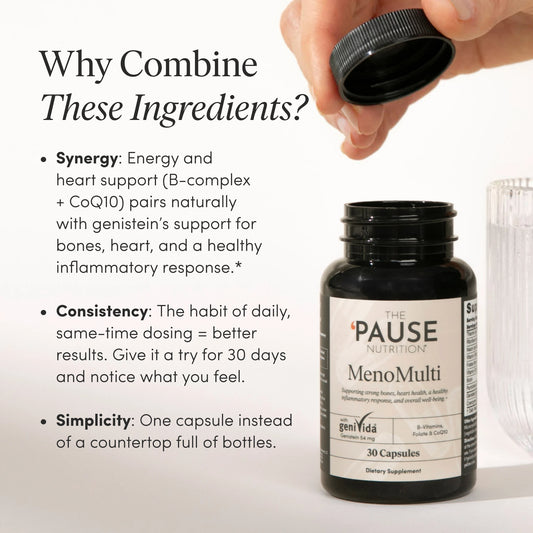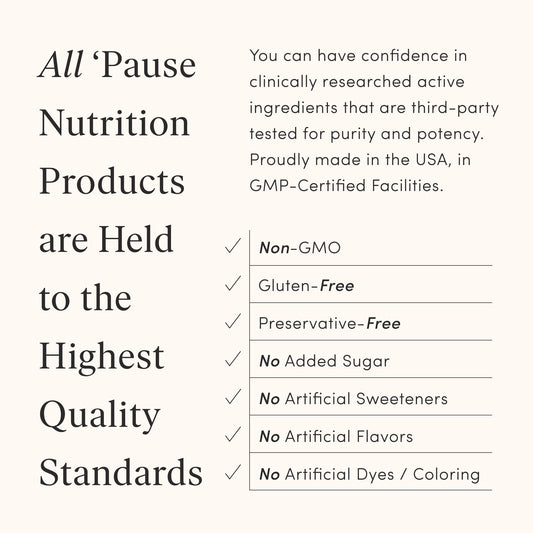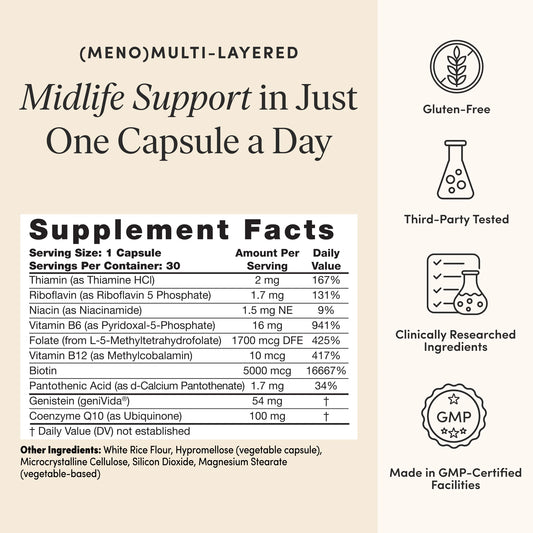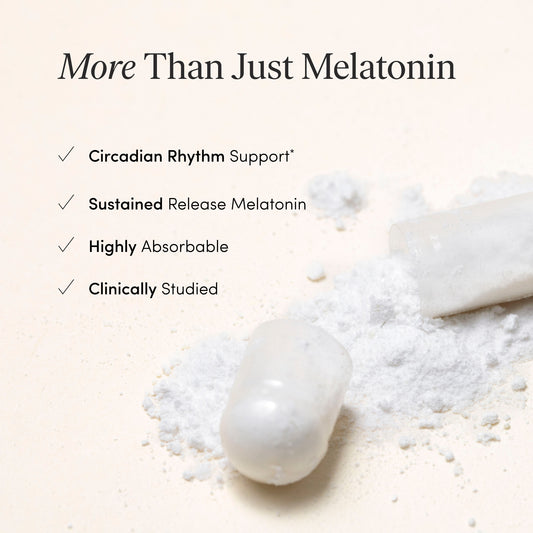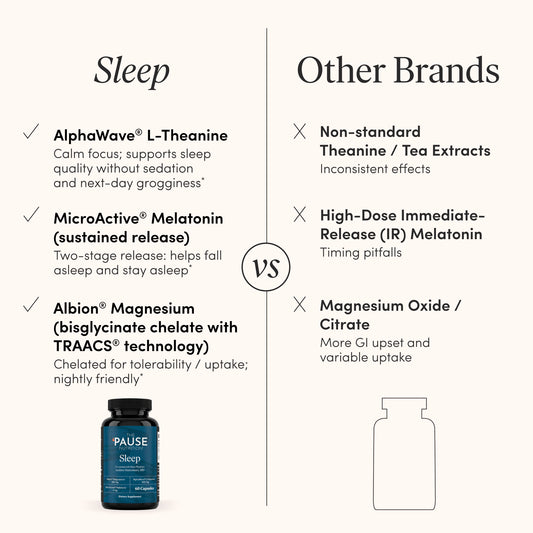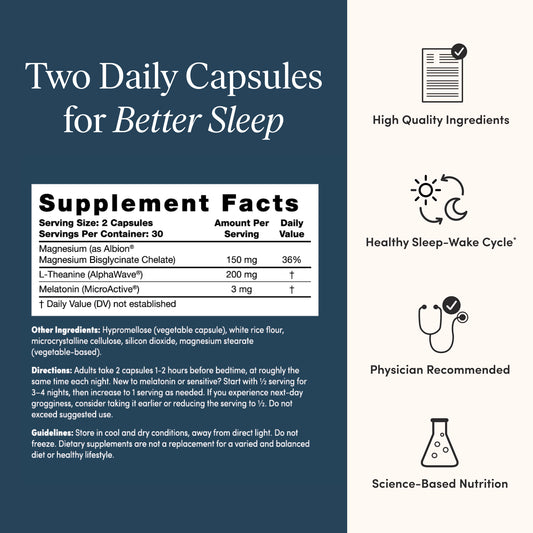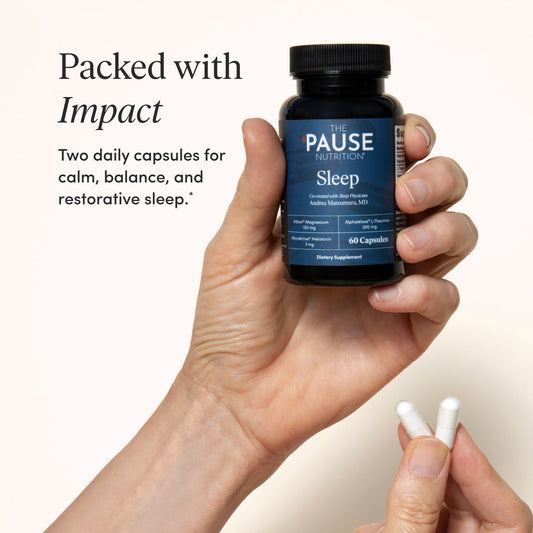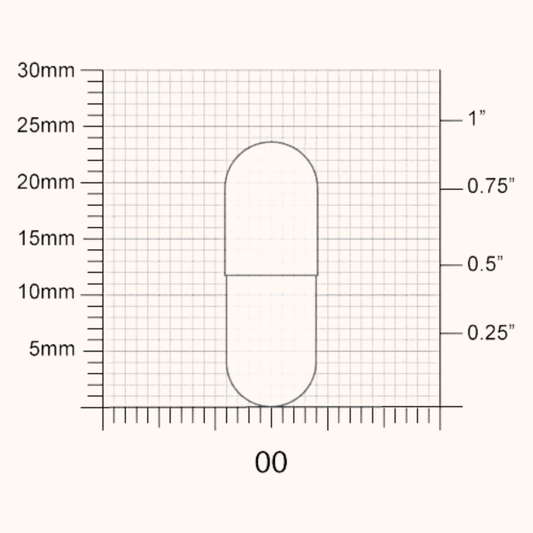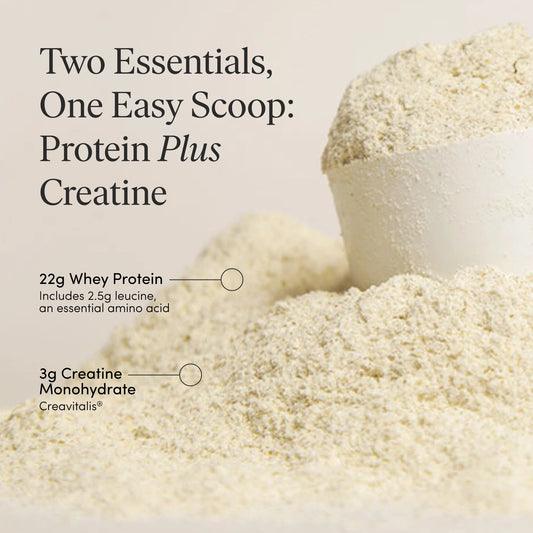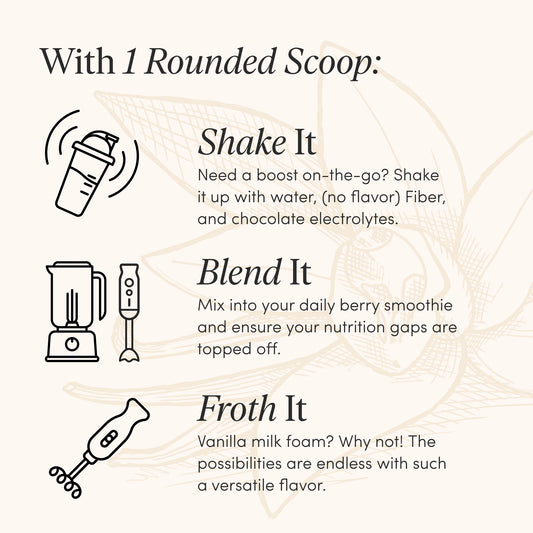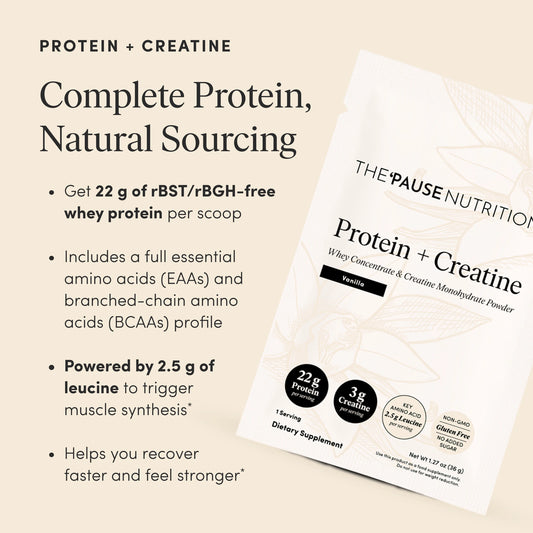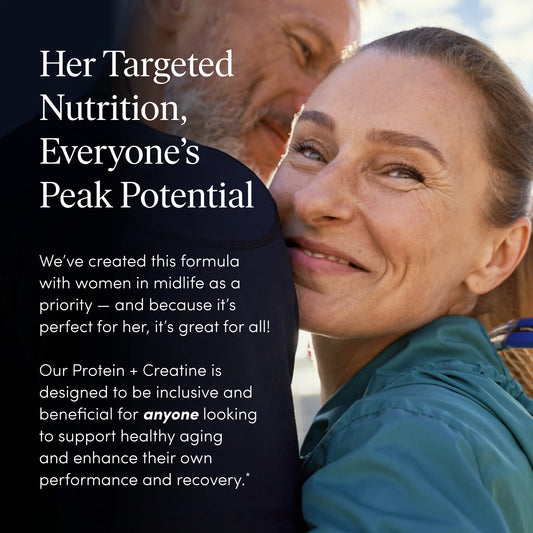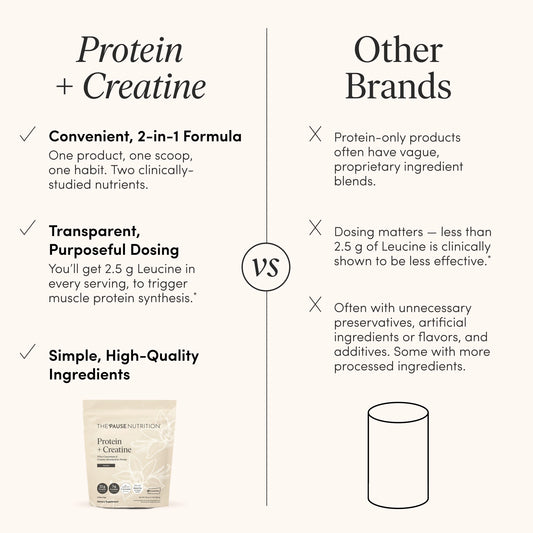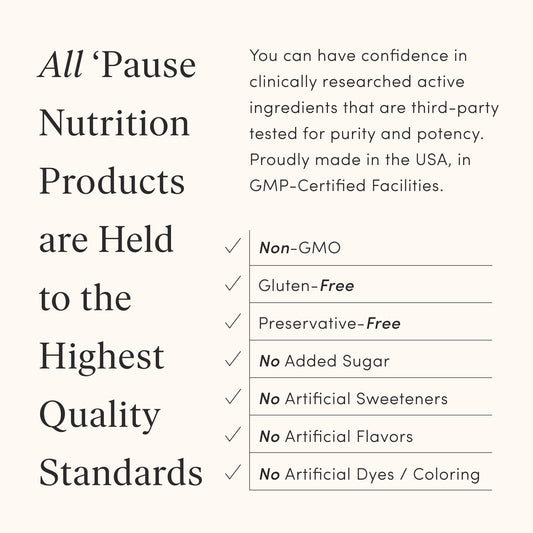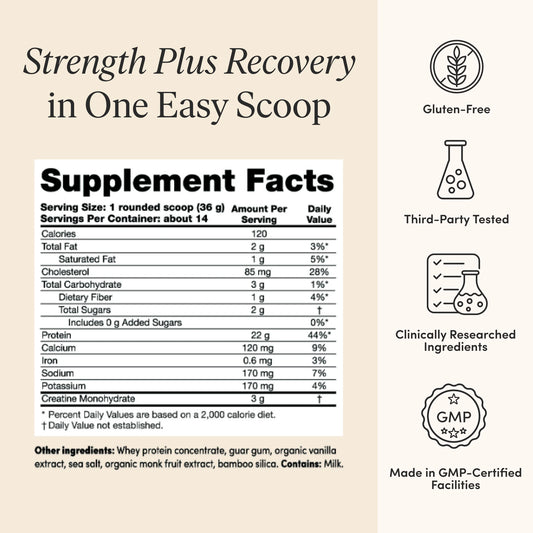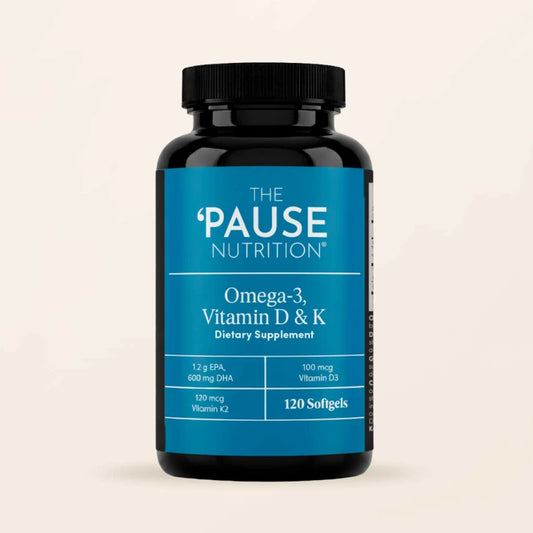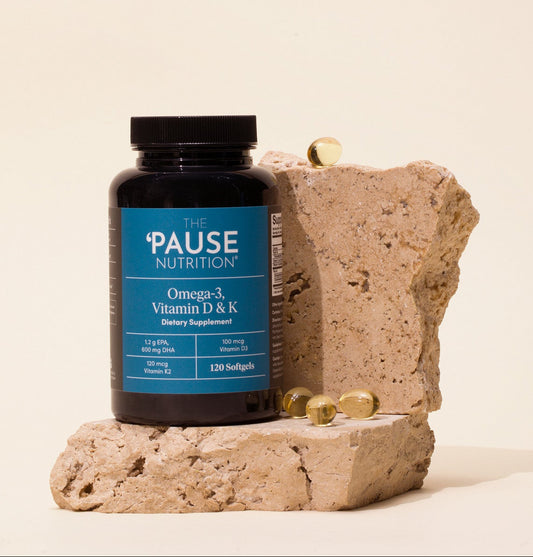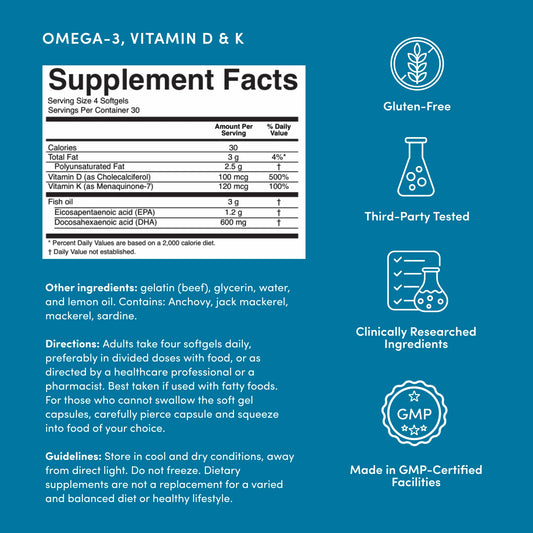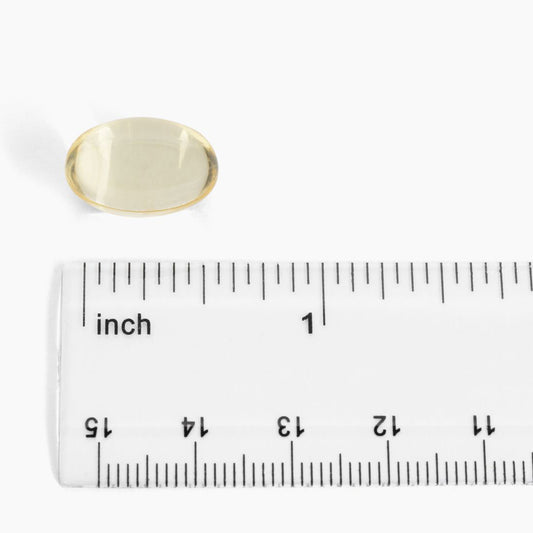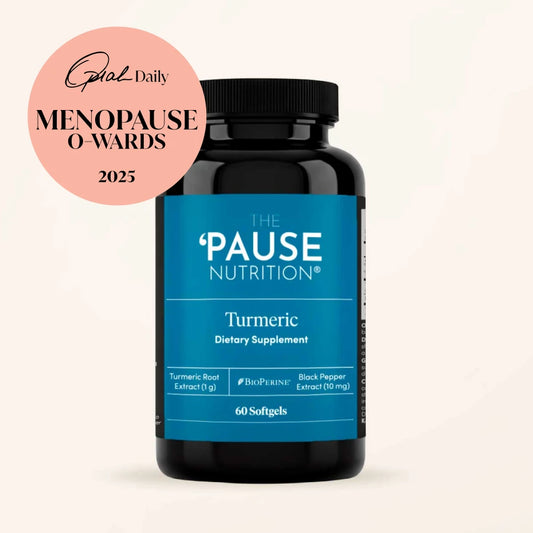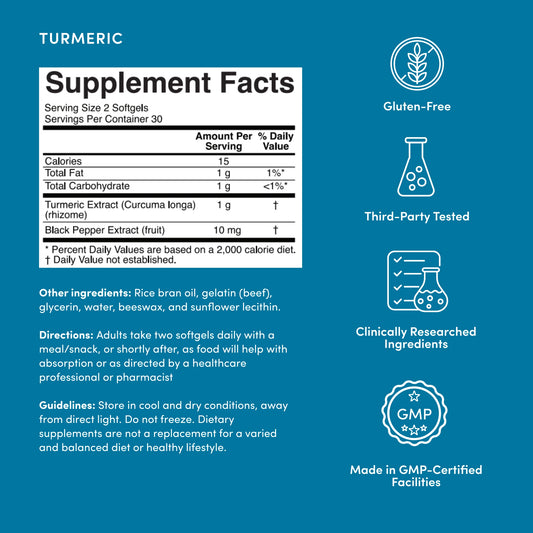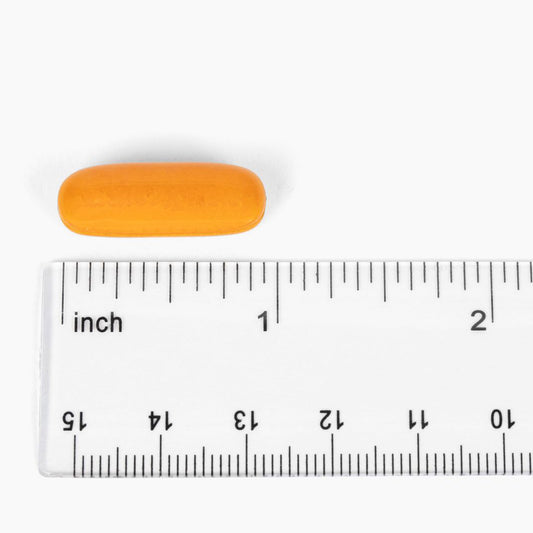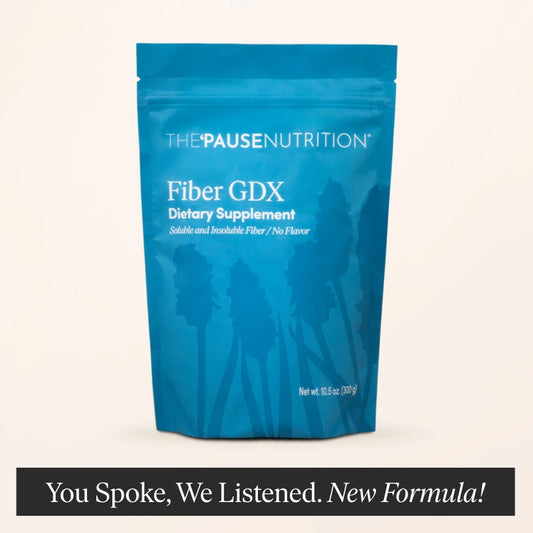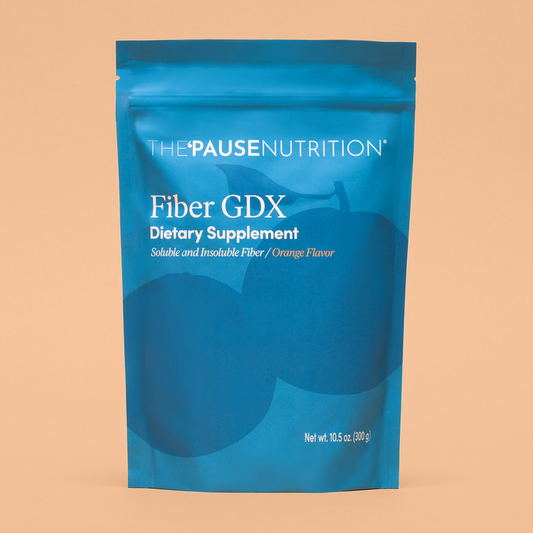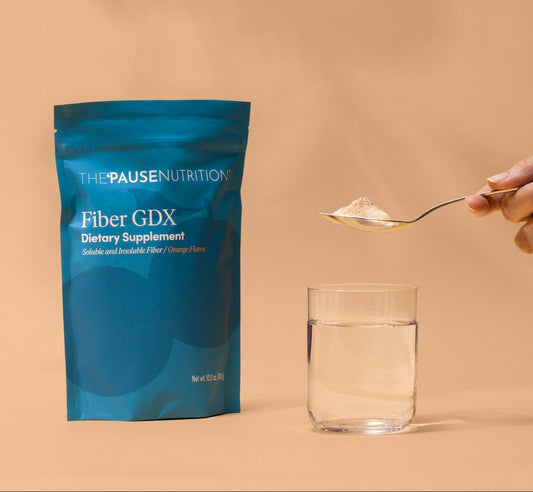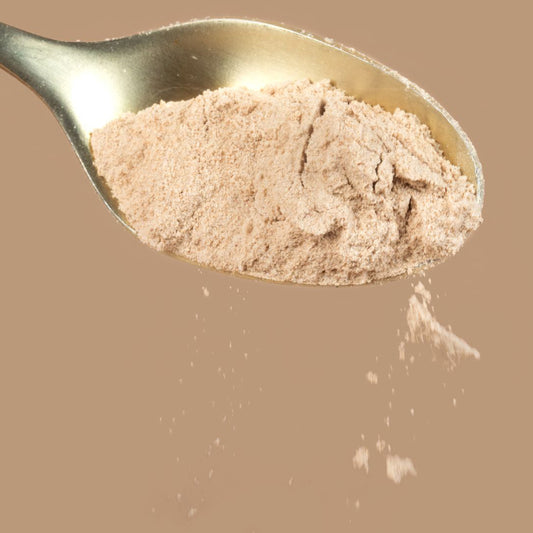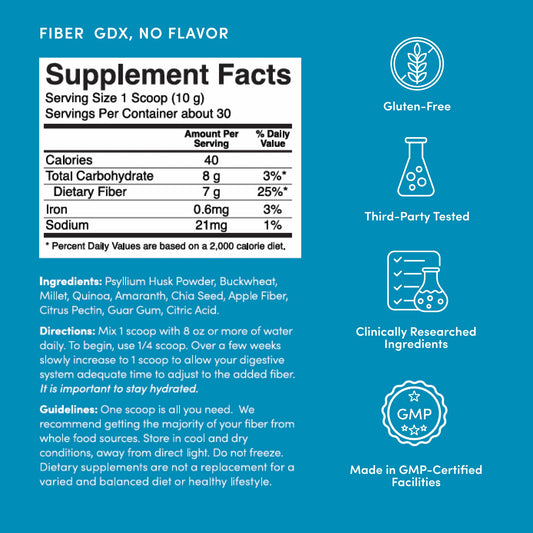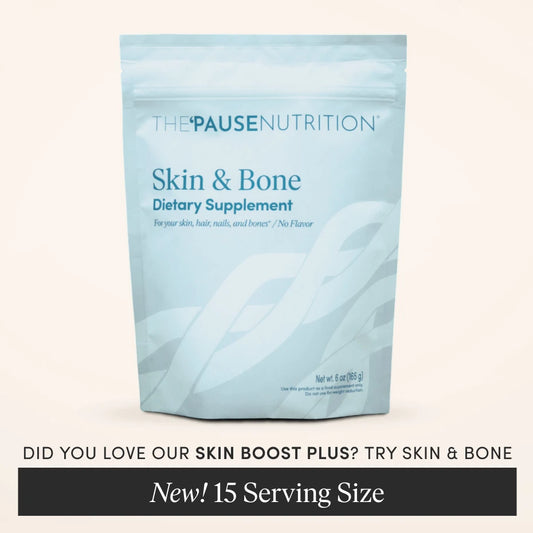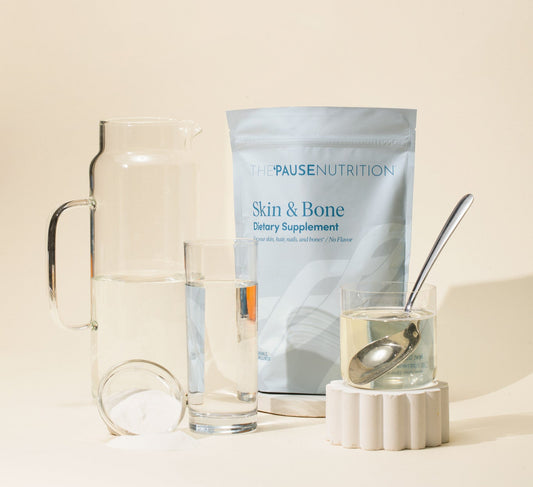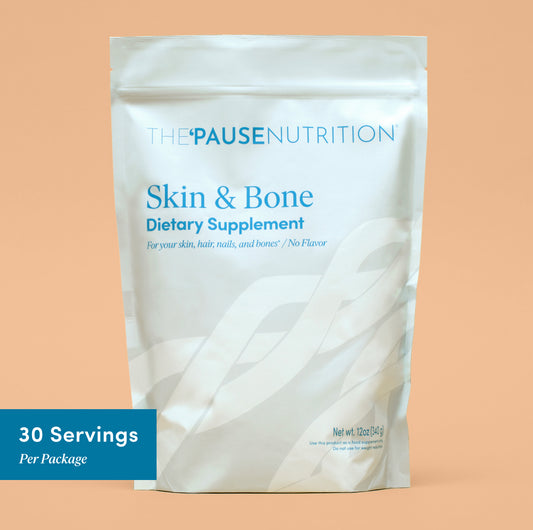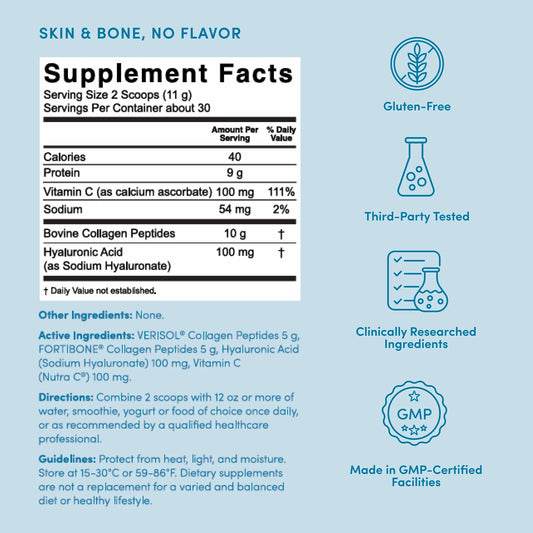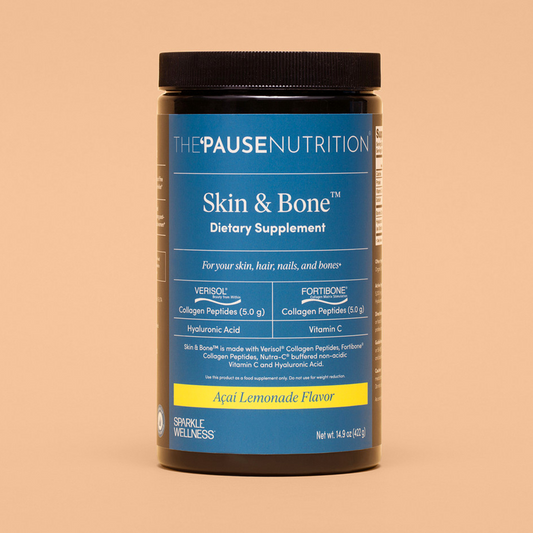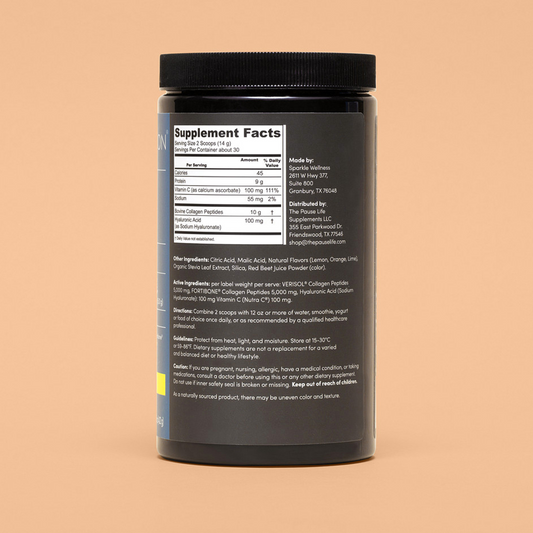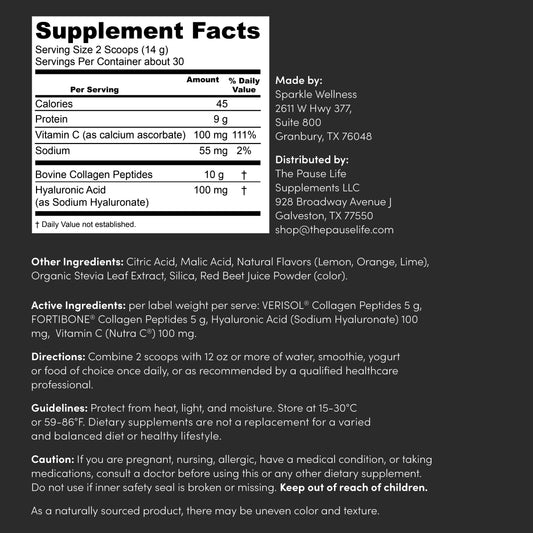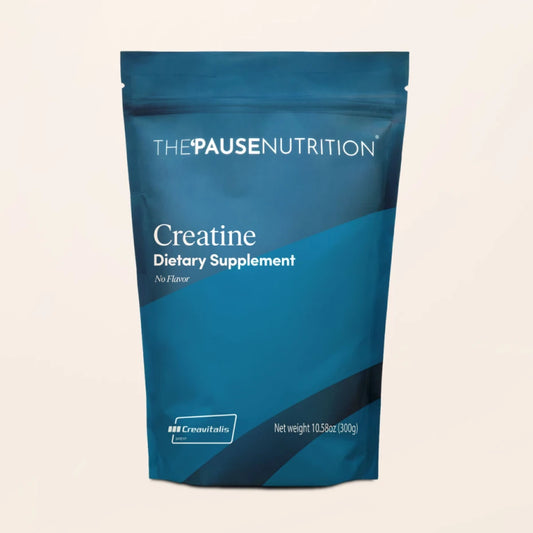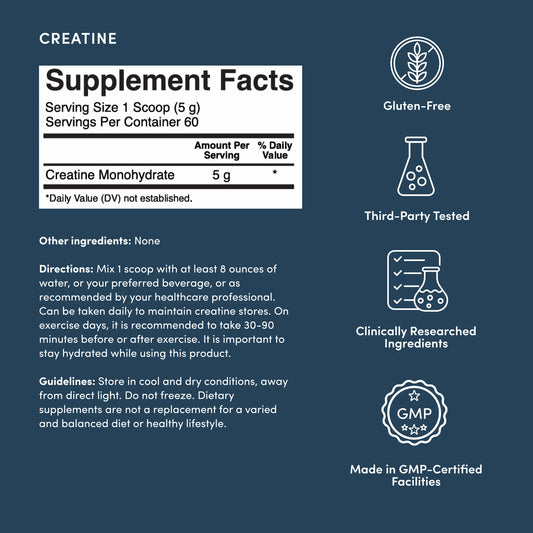The ‘Pause Belly Fat Blast Challenge

Share
As women get older, estrogen levels decrease, and as a result, we experience a change in body composition. Fat distribution begins to shift from the hips and thighs to the intra-abdominal cavity in the form of visceral – or belly – fat. This transition is also marked by rising inflammation levels linked directly to declining estrogen levels. The resulting inflammation greatly contributes to joint and muscular pain, brain fog, and this new belly fat deposition.
1. Fiber
Consume more than 25 grams of fiber per day. Fiber is a prebiotic, which means it nourishes the health-promoting microbes in your digestive tract, creating a healthy environment where microbes can thrive.*
Fiber helps you lose weight because it displaces other less satisfying calories. More fiber-rich foods means slow, easy digestion. When fiber reaches the halfway point inside your gut, between the small and large intestines, it slows down the digestive process and sends your body a signal that it’s full. Some of the best sources of fiber-rich foods are berries, beans, whole grains, and fruits and vegetables with their skin on.*
If you have trouble consuming enough fiber through your nutrition alone, consider supplementing with my Fiber GDX. And check out this article about how getting enough fiber can decrease symptoms of menopause.
2. Reduce Added Sugar
Consume less than 25 grams of ADDED sugar daily. This DOES NOT include the natural sugars found in fruit, vegetables, and dairy but DOES include honey, agave, maple syrup, etc. (Note that added sugars can be found on the nutritional labels under “Carbohydrates”).
Reducing sugar consumption becomes easier as you focus on eating whole, unprocessed foods and swapping sodas and energy drinks for water or unsweetened iced tea or seltzers.
Review the labels of salad dressings, barbecue sauces, ketchup, jarred marinara sauces, and flavored yogurts, often containing large amounts of added sugars. Also, keep an eye out for products labeled “low fat” or “no fat,” as the removed fat has likely been replaced with sugar to improve the taste!
Sign Up to Receive Your Guidebook
3. Exercise
Complete 30-45 minutes of cardio in your fat-burning heart rate zone for at least 150 minutes weekly. Use the heart rate chart to find your fat-burning zone or Zone 2.
Zone 2 is low impact and requires a consistent pace at 60-70% of your maximum heart rate. Often referred to as "conversational cardio", if sustained for 30-45 minutes, it is more effective at fat loss than most other exercises because, at this pace of aerobic endurance, the body taps into fat as its fuel source.
If you have been completely sedentary in the past, then focus on walking for 5-10 minutes a day for the next four weeks. If you regularly participate in high-intensity workouts, use this challenge to try to do exercises that put you in the fat-burning zone.
Determine Your Zone 2 Heart Rate Range
-
Subtract your age from 220 to find your maximum heart rate (Mhr).
-
Multiply your maximum heart rate by 0.60 and 0.70 to find your Zone 2 heart rate range.
-
Alternatively, you can determine if you’re in Zone 2 by using the “talk test”. If you are slightly breathless but can maintain a conversation, you’re likely in Zone 2, hence the name "conversational cardio".
If you have a hard time fitting movement into your routine, consider investing in a Walking Pad that you can fold up and tuck away when it's not in use. You'll find other products that might be helpful to your movement practice on the 'Pause Favorites webpage.
4. Reduce Stress
Chronic stress contributes to inflammation through elevated cortisol levels and may cause increased blood pressure, headaches, gastric reflux, depression, and anxiety. Over the long term, chronic stress may affect your immune system, making you more susceptible to illness, infections, an increased risk for heart disease, and even some forms of cancer. Stress can also affect our relationships, work performance, a general sense of well-being, and quality of life.
Actively lower your cortisol through stress reduction techniques (ex: journaling, prayer, breathing, Tai Chi, restorative yoga, meditation, sleep hygiene) and work to bring moments of joy, peace, and calm to your day by incorporating short walks, fresh air, journaling or meditation. The Waking Up app or Happier Meditation are great for guided meditations, or you may even consider scheduling some time with a counselor or therapist.
Doing one of these activities, even for 5 minutes throughout the day, counts and can go a long way in helping you manage your stress levels and improve your overall health.
5. No Alcohol
Refrain from alcohol consumption for the next 28 days. Drinking alcohol can trigger some menopausal symptoms, including hot flashes and night sweats, and it can disrupt your sleep in various ways. Alcohol can also create – or exasperate – mental health issues, including anxiety and depression, which can already be a struggle in midlife. Furthermore, moderate to high levels of alcohol consumption (from more than one drink per day) has been linked to the development of osteoporosis.
Sign Up to Receive Your Guidebook
For more information, read 10 Tips to Fight Menopausal Belly Fat that Really Work or 10 Tips for Optimizing the Hormones that Control Your Weight in Menopause.
This article contains affiliate links.














